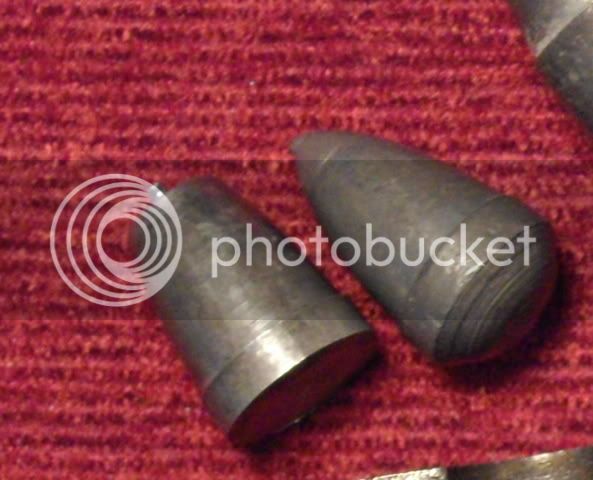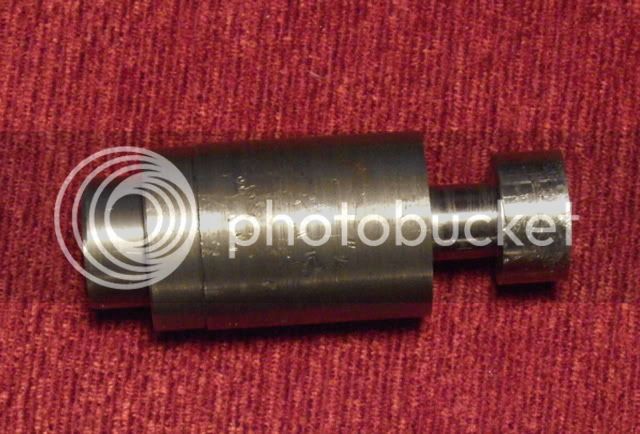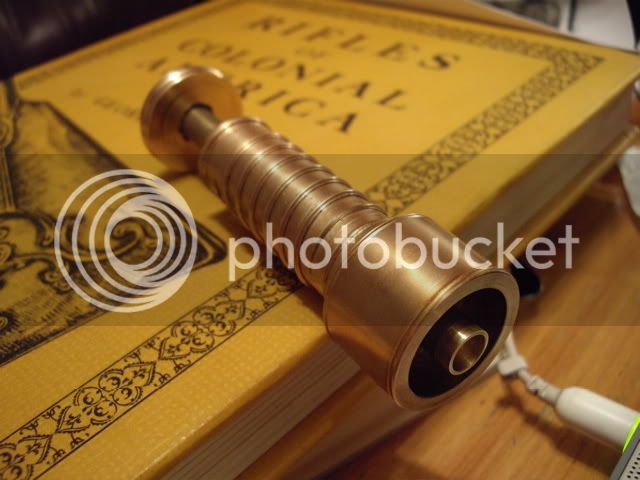mhb
40 Cal.
- Joined
- Oct 5, 2011
- Messages
- 492
- Reaction score
- 222
That's a good way of obtaining a rough measurement - but you should know that the shanks of twist drills are often a bit smaller than the nominal diameter. For instance, the 11/32" drill from one of my (U.S. made) sets, which is nominally .344", and actually measures that across the flutes. is only .341" at the butt of the shank.
In any case, the bore diameter of the pistol is apparently significantly smaller than any available maxi mold I know of, though I don't have a TC .36 to check. So a custom mold may be the only answer.
mhb - Mike
In any case, the bore diameter of the pistol is apparently significantly smaller than any available maxi mold I know of, though I don't have a TC .36 to check. So a custom mold may be the only answer.
mhb - Mike









